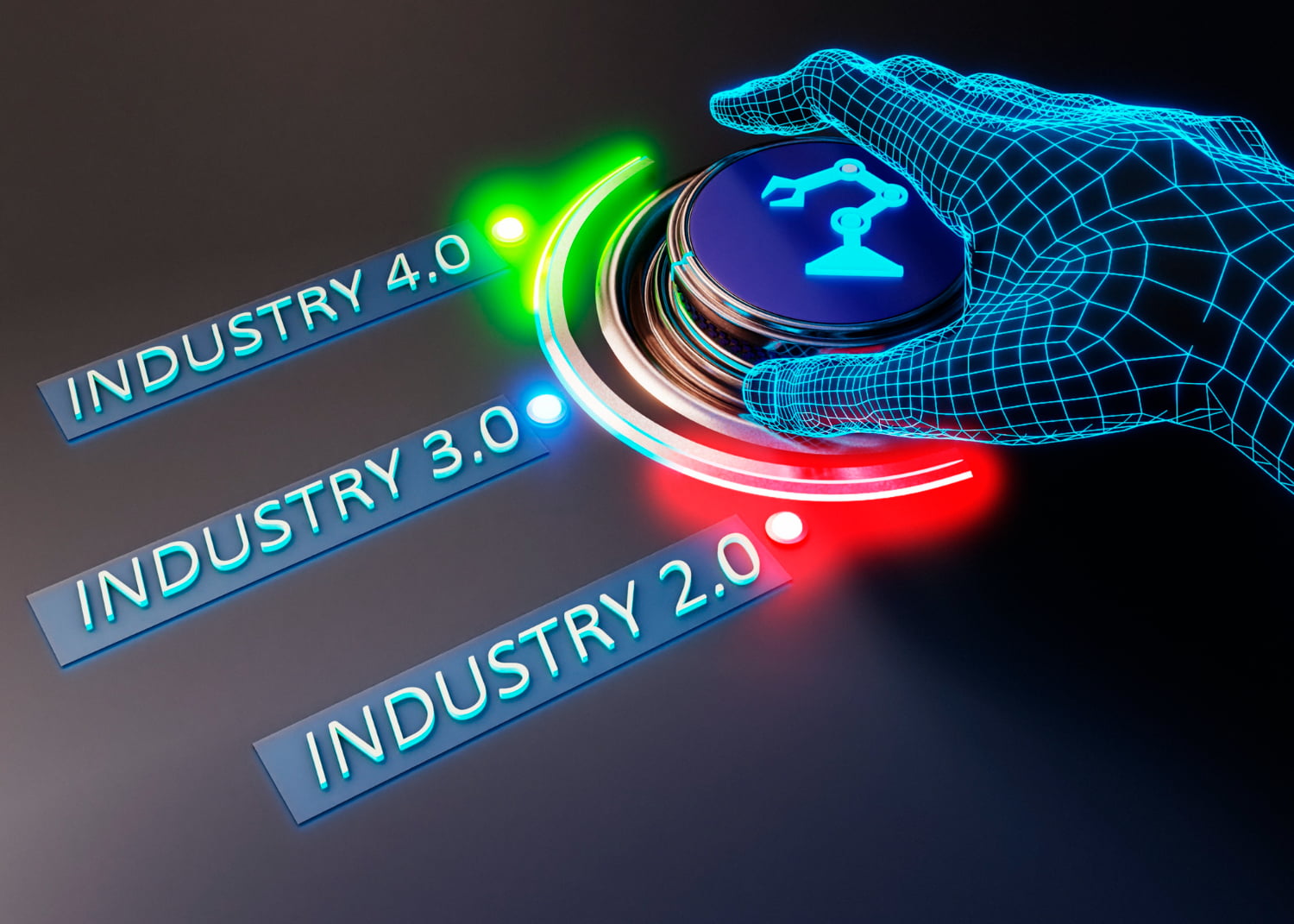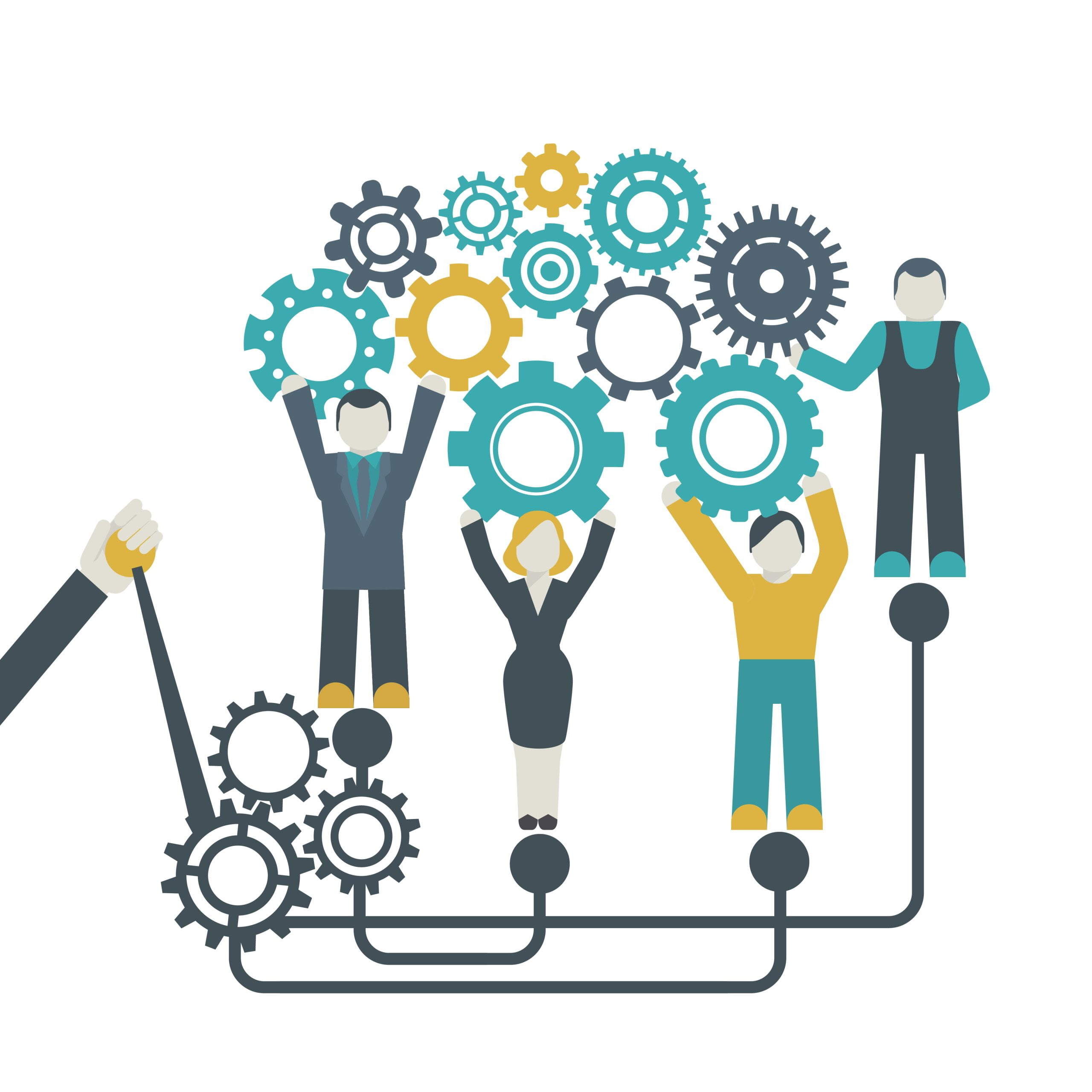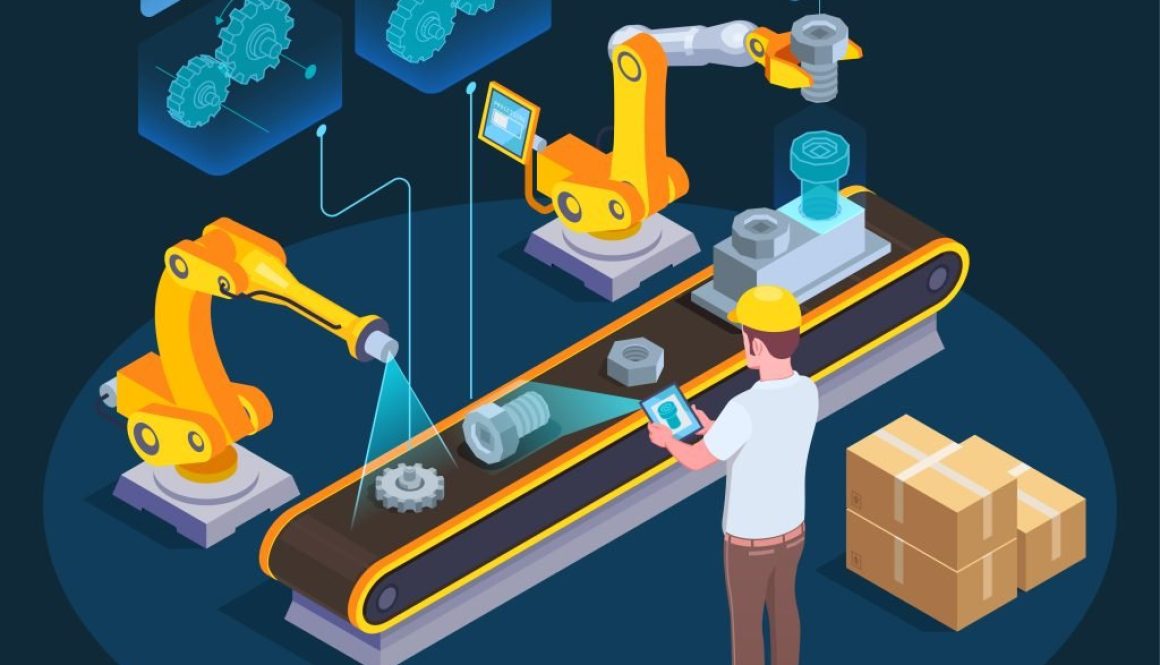How AI Can Transform Manufacturing
Artificial Intelligence is a buzzword with Generative AI “generating” the most hype. Globally, businesses have already started adopting AI for various use cases, and the Australian Government recently launched a public consultation to seek advice on how to mitigate potential risks and ensure it is applied responsibly. One of these uses cases is advanced manufacturing, which is a broad term that encompasses technologies applied to any manufacturing facility, including application software and AI tools to augment and generate higher value manufacturing output. So how can AI drive advanced manufacturing and what can manufacturers proactively do in this regard? Let us find out from this blog.
Speed and Safety

Part of removing human error to make manufacturing safer and faster means reducing reliance on human observation. As machinery drivers and operators are among the top three occupation groups with the highest rate of work-related injuries in Australia at 6.5% in the 2021-2022 financial year, this makes a use case for AI analytics in augmenting workplace health and safety. A use case for workplace health and safety is driven by AI video surveillance in manufacturing. AI analytics can match workers’ physical position in relation to how they interact with machines, particularly heavy industrial machinery, facilitating a more comprehensive understanding of safety in workplace operations and injury.
Intelligent operations is a top manufacturing technology trend and AI software can also manage workflows more effectively by identifying and allocating tasks. This can be taken one step further, with large site and heavy industrial manufacturing operations using Industry 4.0 technologies like digital twins to optimise these workflows – by using a virtual model designed to accurately reflect the manufacturing process to model operations and planning at significant scale. These digital twins can show how people and equipment can be moved and managed more quickly and safely around a site in a controlled manner before applying it to the actual operations. These use cases for AI are less about employing “robots to take manufacturing jobs”, and more about creating a productive workforce and giving advanced manufacturers a competitive edge. The challenge for individuals and corporations is to understand and embrace how this technology can enhance current advanced manufacturing processes, rather than downplaying the potential.
Upskilling Workers and Emerging Tech

With capital decisions carrying longer term implications, it is important for manufacturing businesses to consider their investment in any technologies and operational uplift, whether that be AI or other emerging technologies, including the current and future needs of upskilling their workforce and plan at least 5 or ten-years’ ahead to avoid sunken costs and stranded assets. IT will also require upskilling of the workforce and considerations regarding ethics, privacy, and cybersecurity. Therefore, a comprehensive approach that combines AI implementation with human expertise is crucial for successful transformation in the manufacturing and pipe fabrication sectors.
The Final Bow

It is still to be determined how a future where advanced manufacturing is largely driven by AI looks like, however, it is expected that AI will make production more agile, efficient, and safe for a workforce that will become more highly skilled as they grow familiar with and train in it. So, is the hype around AI’s potential in advanced manufacturing justified? We may find out very soon.

